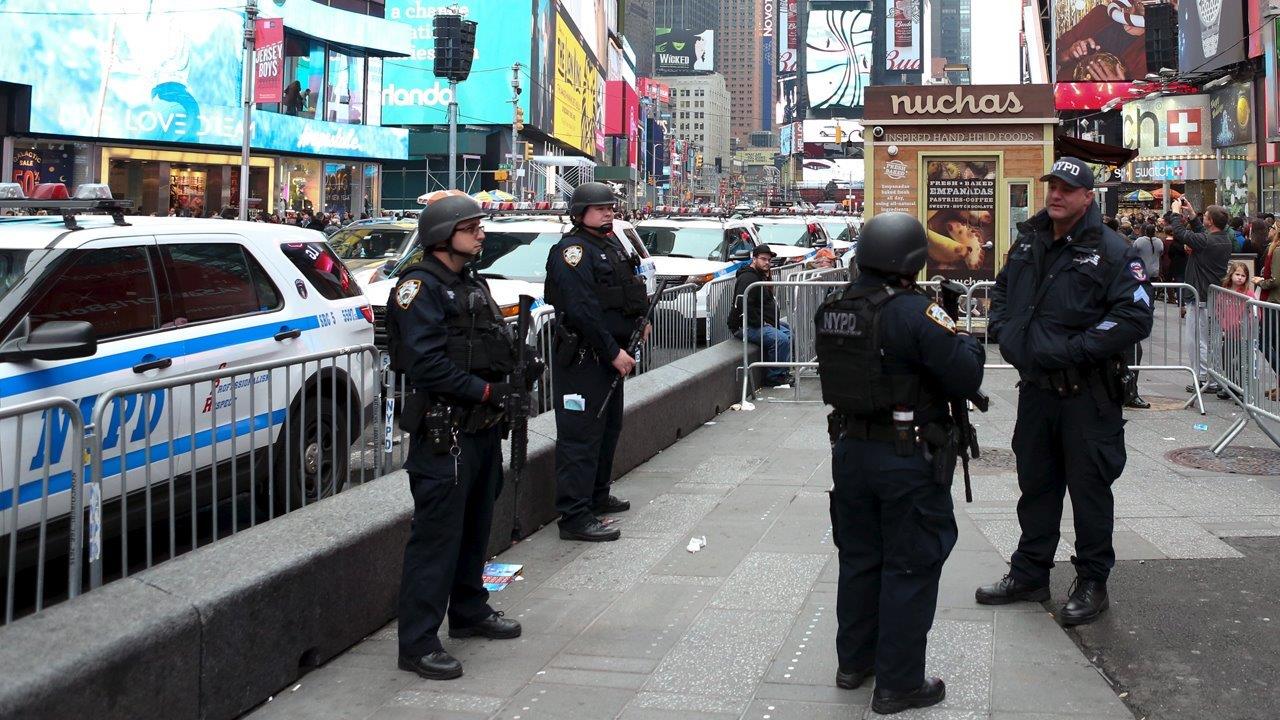The Challenges Securing Soft Targets Across America
With the recent attacks at the airport in Istanbul, Turkey and at a club in Orlando, Florida, former Boston Police Commissioner Ed Davis weighs in on the growing challenges for law enforcement trying to protect soft targets from terrorist attacks.
Davis first described what exactly a soft target is.
“A soft target is an area that is an area that does not have security and particularly armed security in it. You can protect soft targets with visibility and the idea that police may be in the area, but the truth of the matter is if there’s no one to stand up against an armed individual, a soft target is just that, it’s an easy place to hurt and kill people.”
Davis explained why even as hard target areas continue to expand, it is still a challenge to protect the soft target areas.
“The farther out you push that hard area, the farther out the soft area becomes and people start to queue up at checkpoints beyond where there are police and those are the areas that are particularly difficult.”
Davis then offered an example of the challenges from a recent experience at an airport.
“I went to an airport the other day and they’re opening all of the trunks of the vehicles that are pulling into the parking area, but the guy in front of me had a golf bag that had a cover on it, you could have had three or four rifles in it. Nobody went into the golf bag. So it’s a very difficult proposition.”
Along with the increased pressure on law enforcement to do more Davis said it is also important for Americans to be more aware of their surroundings and potential threats.
“When you see what happened in Orlando, tragically we’re in that space right now where people need to be aware, they don’t freeze up, they react the way they’re trained to react and training is really important component of this right now.
Davis explained how technology can help improve surveillance and security.
“There are technology solutions to these issues. Cameras are very important, but there is so many of them out there right now. It’s the systems that monitor them, the algorithms that detect suspicious activity. No one person can watch hundreds of cameras, that needs to be in the realm of software at this point.”
Along with local law enforcement doing its part to increase safety, Davis said on a national and international level, more can be done to reduce the risks of terrorism.
“I think we have to firm up our commitment to going after them where they live. And I hope the President is having discussions with these world leaders about coalitions that can form and be part of this.”




















